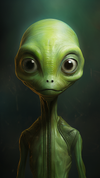Luke Skywalker’s Lost Scene and the Hero We Almost Met
A lost scene from "Star Wars" (1977) reveals Luke Skywalker not as a born hero, but as a restless youth chasing escape—reshaping our view of his journey and the cost of cinematic editing.
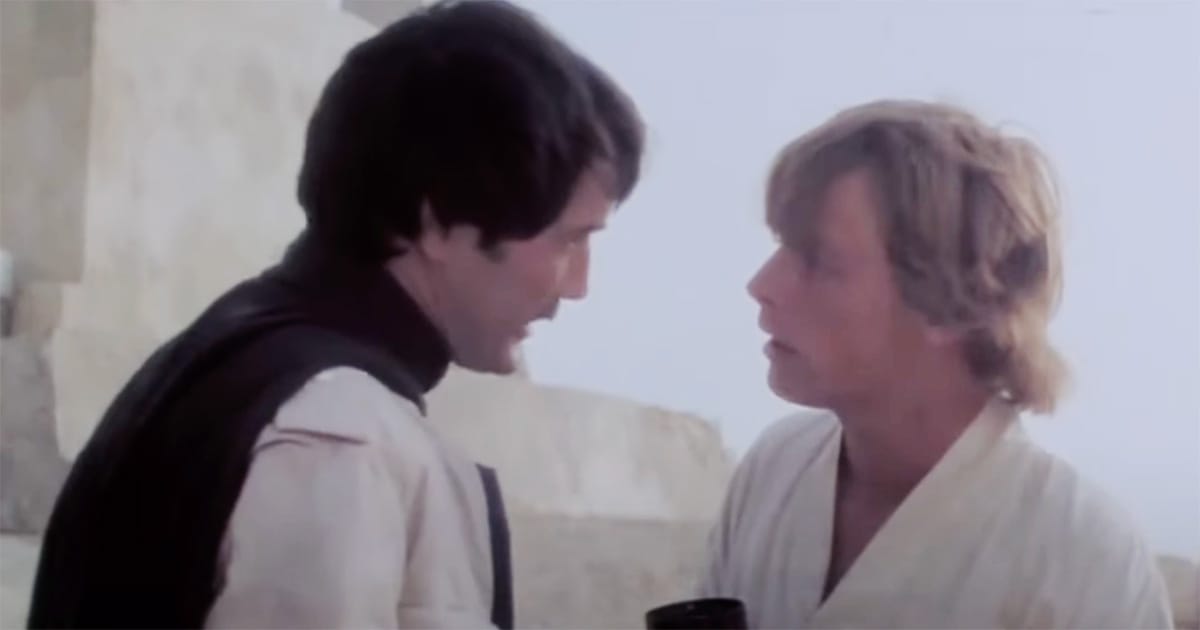
In the annals of science fiction cinema, few characters are as instantly recognizable as Luke Skywalker. From the moment he peers into the twin suns of Tatooine in "Star Wars" (1977), he is mythologized as the farm boy destined for greatness, a reluctant hero swept into a galactic struggle. But that image, etched into pop culture, omits an earlier version of Luke that was left on the cutting room floor.
This version appears in a deleted sequence often referred to as the Tosche Station scene. There, we glimpse a very different young man—socially marginalized, awkward among peers, and fascinated by the grandeur of the Empire. The footage reveals a restless dreamer, not shaped by ideology or Rebellion, but by a simple desire to escape the isolation of his desert home.
This lost moment is more than cinematic trivia. It reshapes Luke's origins, presenting a portrait of immaturity and yearning. It challenges the notion that he was always meant to wield a lightsaber or fight for a cause. Instead, it shows a boy adrift in a vast galaxy, searching for identity and meaning well before the Rebel Alliance enters his life.
The Tosche Station Scene Explained
The Tosche Station sequence, filmed for "Star Wars" (1977) but ultimately removed from the final cut, begins with Luke Skywalker on the surface of Tatooine, using his macrobinoculars to observe a space battle overhead. This visual—Imperial Star Destroyers chasing Princess Leia's fleeing vessel—is the same that opens the film for viewers. However, in the deleted scene, Luke witnesses it firsthand from the ground, setting off a chain of interactions that illuminate his early character more vividly than the theatrical release allows.
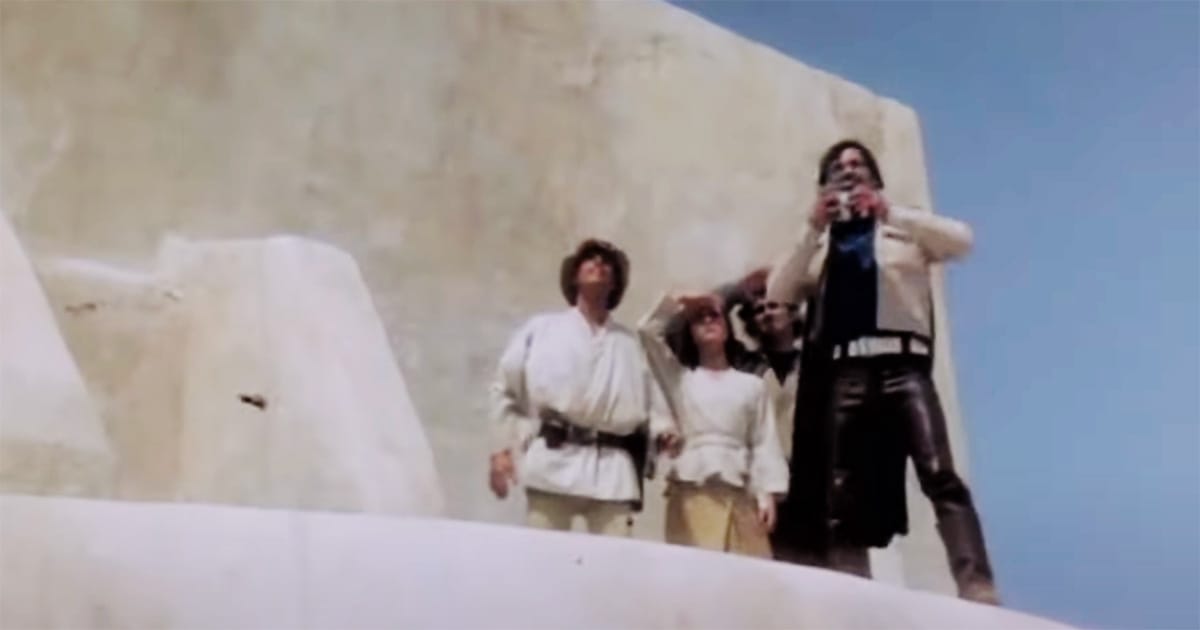
Eager to share what he has seen, Luke races to the outskirts of Anchorhead to a gathering spot known as Tosche Station. There, he is met not with enthusiasm but with mockery. His peers—Camie, Fixer, and others—treat him as an annoying tag-along. They call him "Wormie" and dismiss his excitement. The encounter reveals Luke's low social standing and his awkwardness in the company of others his age.
Among those present is Biggs Darklighter, a close friend of Luke's who has recently returned wearing an Imperial uniform. In private, Biggs confides that he intends to jump ship and join the Rebellion. Luke listens with admiration, not for the cause, but for the daring escape. He expresses envy that Biggs was off Tatooine at all. In this moment, Luke is not politically conscious. He is simply desperate to leave.
This forgotten scene exposes the wide-eyed escapist behind the legend—a boy not yet molded by war, still dreaming of distant stars.
Luke Before the Rebellion
The deleted Tosche Station scene reveals a Luke Skywalker who is less a budding freedom fighter and more a restless boy fixated on escape. His interest in Biggs Darklighter's defection is not rooted in political conviction but in admiration for anyone who has managed to break free from Tatooine's grip. Luke's excitement over Biggs's Imperial assignment—before learning of his plan to desert—speaks volumes. The uniform, not the ideology behind it, captures his imagination.
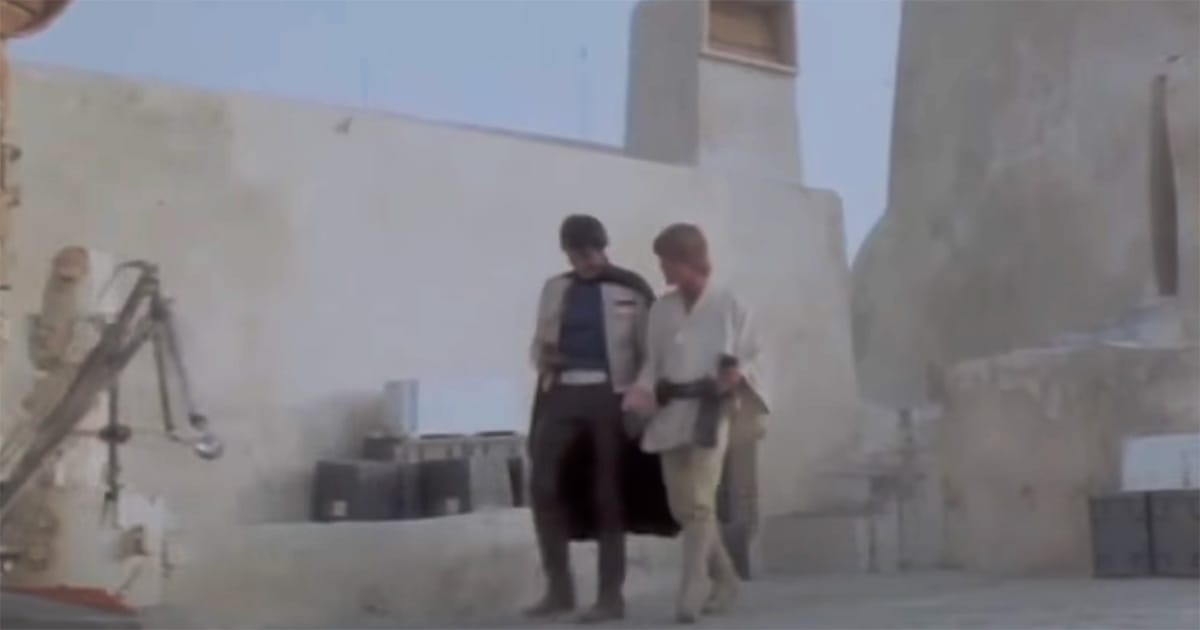
In this light, Luke is not the earnest rebel we meet in the theatrical version of "Star Wars" (1977). Without the deleted material, the film presents a version of Luke who seems instinctively aligned with the Rebellion. His leap into action after the death of his aunt and uncle appears noble and fully formed. But the Tosche Station sequence hints that his heroism develops later, through experience and loss—not instinct.
This distinction matters. The Luke of the deleted scene is emotionally immature, socially awkward, and politically unaware. He is not driven by ideals. He is driven by isolation, boredom, and the hope that his life might amount to something more than moisture farming.
Seeing this rawer version of Luke enriches his later transformation. When he finally takes up the cause of the Rebellion, it becomes not a predestined act, but the result of growth. It reminds us that even the greatest heroes begin as uncertain boys, shaped not by destiny, but by choices forged in confusion and longing.
Emotional Weight and Narrative Economy
When Biggs Darklighter dies during the attack on the Death Star in "Star Wars" (1977), it registers as a moment of loss, but only in the broad context of battle. For first-time viewers, Biggs is barely known—a helmeted pilot introduced moments before his demise. Without the Tosche Station scene, the emotional register is thin. He is just another casualty in a dangerous mission.
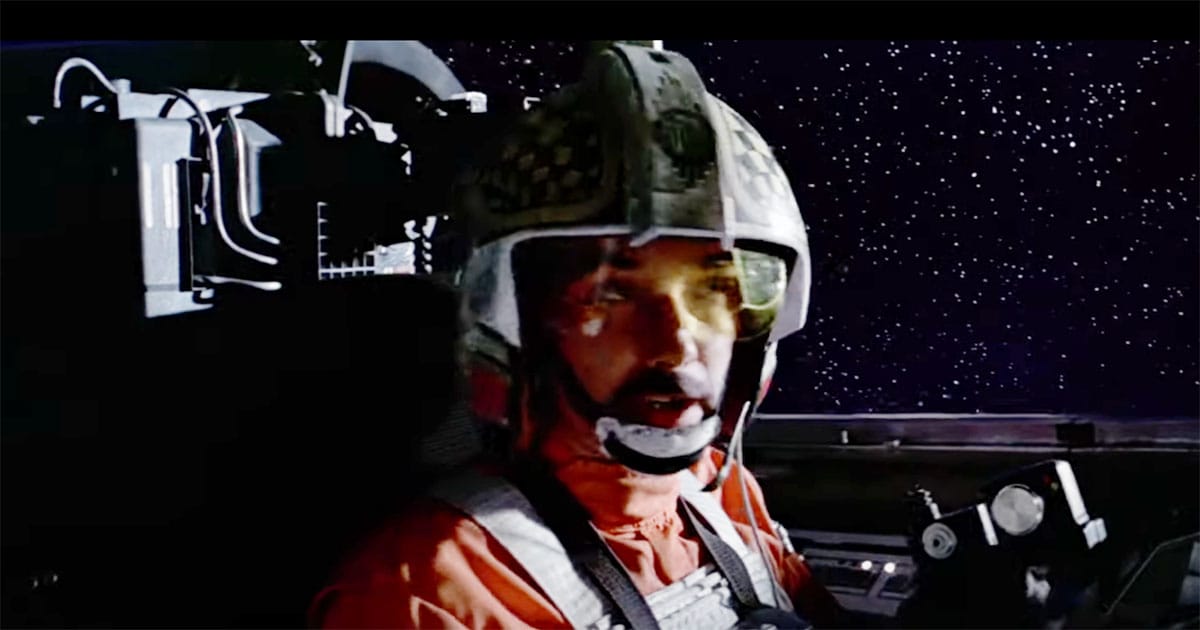
The deleted footage, however, changes that. It establishes Biggs not only as Luke's close friend but also as a symbol of everything Luke yearns for. Biggs has seen the galaxy, worn the Empire's colors, and chosen Rebellion with clear-eyed purpose. He is Luke's link to the wider world and a mirror of what Luke might become. Their reunion at Tosche Station is brief, but it builds a foundation of shared history that gives Biggs's death a personal sting. When Luke later sees him fall during the trench run, it could have resonated as the loss of a brother-in-arms—not just a squadmate.
Yet the scene was cut. From a filmmaker's perspective, the decision is understandable. The pacing of "Star Wars" is tight. George Lucas was battling for every minute of screen time. In pursuit of narrative efficiency, some texture was sacrificed.
But that sacrifice is not without cost. By removing the audience's early connection to Biggs, the film trims away a layer of depth in Luke's journey. It trades intimacy for momentum. For those who value character development as much as plot propulsion, the Tosche Station sequence is a reminder that the heart of a story often beats loudest in its quietest moments—the ones that get left behind.
Rethinking Heroism in "A New Hope"
The enduring power of "Star Wars" rests in its ability to blend myth with character. Luke Skywalker is often seen as the archetypal hero, fated from the start to take up the mantle of rebellion. But the Tosche Station sequence complicates that tidy narrative. It shows us a Luke who is not yet formed, not yet sure of who he is or what he believes. He is not driven by destiny. He is driven by restlessness.
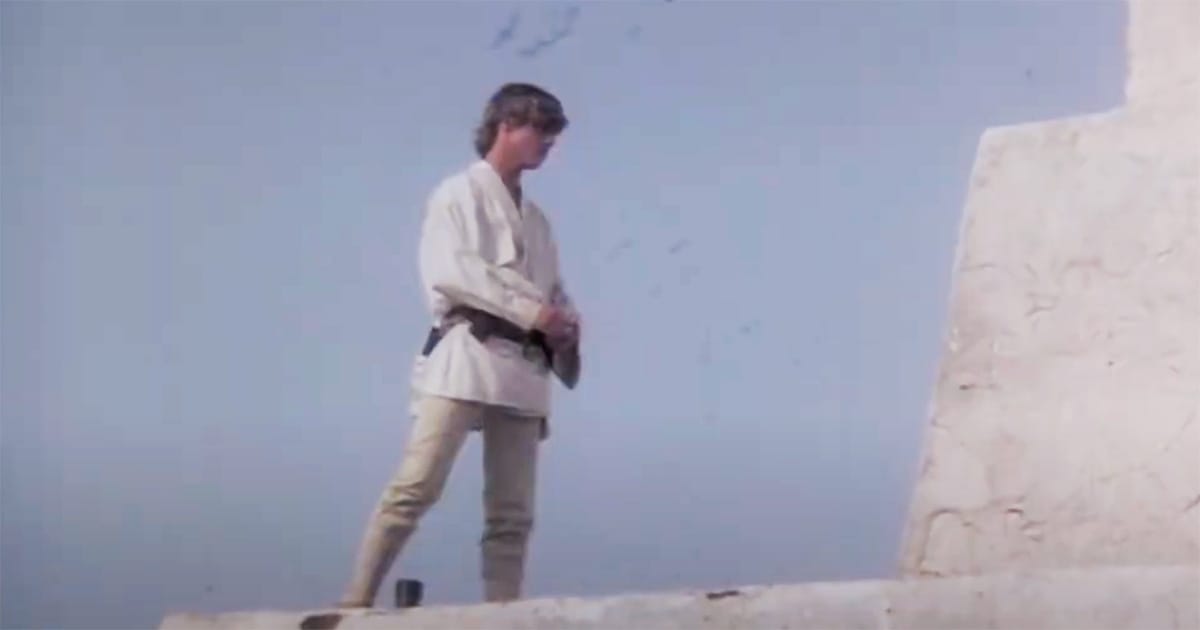
This version of Luke is more human than legend. He does not begin with clarity or conviction. He begins with loneliness, frustration, and a longing for escape. That beginning makes his eventual choices more meaningful. He grows into the hero we remember, rather than springing from the soil as a finished figure.
Science fiction often rewards close attention to what gets left out. Deleted scenes, discarded drafts, and half-forgotten ideas can cast familiar characters in a new light. The Tosche Station footage does just that. It reminds us that character arcs are not always linear and that growth often starts in confusion.
For fans willing to look back, this lost moment offers something rare in blockbuster storytelling—a chance to watch a hero take his very first uncertain steps.

